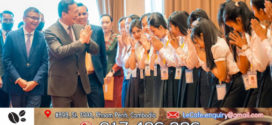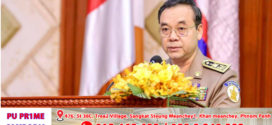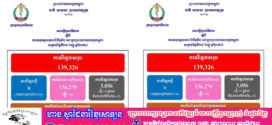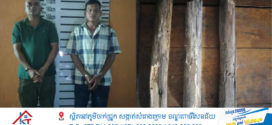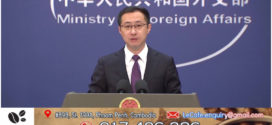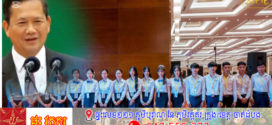ភ្នំពេញ៖ បេីយោងតាមរយៈផេកផ្លូវការរបស់អង្គការ WCS បានបញ្ជាក់នៅថ្ងៃទី២៣ ខែកក្កដា ឆ្នាំ២០២១ថា៖ មជ្ឈមណ្ឌលអង្គរសម្រាប់ការអភិរក្សជីវៈចម្រុះ សហការជាមួយអង្គការ WCS និងដោយមានការអនុញ្ញាតិនិងគាំទ្រពីរដ្ឋបាលជលផល កាលពីសប្តាហ៍កន្លងទៅ បានបញ្ជូនអណ្តើកហ្លួង(ឬអណ្តើកសរសៃ)ជំទង់ឈ្មោលចំនួន៨ក្បាលទៅកាន់មជ្ឈមណ្ឌលអភិរក្សសត្វល្មូនខេត្តកោះកុងរបស់អង្គការWCS ក្រោយពីអណ្តើកហ្លួងទាំងនោះ បានទទួលការចិញ្ចឹមថែទាំអស់រយៈពេលជិត ៦ឆ្នាំ។
អណ្តើកហ្លួងឈ្មោលទាំង ៨ក្បាលនោះ ស្ថិតក្នុងចំណោមអណ្តើកហ្លួង២៥ក្បាល ដែលក្រុមការពារសម្បុកអណ្តើកនៃអង្គការ WCS បានប្រមូលយកពីឆ្នេរខ្សាច់តាមប្រព័ន្ធព្រែកស្រែអំបិលក្រោយពេលញាស់ និងបានបញ្ជូនទៅកាន់មណ្ឌលថែទាំអណ្តើកហ្លួងរបស់អង្គការ WCS មួយរយៈពេលខ្លី បន្ទាប់មកក៏បានបញ្ជូនទៅកាន់មជ្ឈមណ្ឌលអង្គរសម្រាប់ការអភិរក្សជីវៈចម្រុះដើម្បីចិញ្ចឹមថែទាំបន្តក្នុងគោលបំណងការពារនិងអភិរក្សប្រភេទអណ្តើកនេះកុំឱ្យផុតពូជ។
ក្រុមការងារមជ្ឈមណ្ឌលអង្គរសម្រាប់ការអភិរក្សជីវៈចម្រុះបានធ្វើការតាមដាននិងពិនិត្យសុខភាពសត្វប្រចាំឆមាសដើម្បីពិនិត្យតាមដានភាពចម្រើនវ័យរបស់អណ្តើកទាំងនេះកាលពីដើមសប្តាហ៍កន្លងទៅ។ ឥឡូវនេះ អណ្តើកទាំងនេះឈានដល់វ័យអាចបង្កកំណើតបានហើយ។ ចំនួនអណ្តើកហ្លួងសរុបនៅក្នុងមជ្ឈមណ្ឌលអង្គរសម្រាប់ការអភិរក្សជីវៈចម្រុះមាន ២៦ក្បាល ក្នុងនោះមានឈ្មោលចំនួន ១៩ក្បាល។ ដើម្បីឱ្យចំនួនអណ្តើកញីនិងឈ្មោលសមមាត្រគ្នាសម្រាប់ការបន្តពូជ ក្រុមការងារបានសម្រេចដកអណ្តើកហ្លួងឈ្មោលចំនួន ៨ក្បាលចេញនិងបញ្ជូនទៅកាន់មជ្ឈមណ្ឌលអភិរក្សសត្វល្មូនខេត្តកោះកុងដើម្បីបន្តពូជនៅទីនោះនិងគ្រោងលែងវាចូលទៅក្នុងប្រព័ន្ធព្រែកស្រែអំបិលវិញនៅចុងឆ្នាំនេះ។
អណ្តើកហ្លួងត្រូវចាត់ថ្នាក់ក្នុងចំណោមអណ្តើកទឹកសាបនិងអណ្តើកគោកចំនួន ២៥ប្រភេទដែលទទួលរងការគំរាមកំហែងជិតផុតពូជបំផុតនៅលើពិភពលោក។ ប្រភេទអណ្តើកនេះ ត្រូវបានកត់ត្រាក្នុងបញ្ជីក្រហមរបស់អង្គការ IUCN ថាជាប្រភេទអណ្តើកជិតផុតពូជបំផុត និងត្រូវបានចាត់ទុកជាប្រភេទល្មូនតំណាងឲ្យប្រទេសកម្ពុជា ដែលបានកំណត់ក្នុងព្រះរាជក្រឹត្យឆ្នាំ ២០០៥។ សកម្មភាពមួយចំនួនមានដូចជាការនេសាទខុសច្បាប់ ការធ្វើអាជីវកម្មហួសប្រមាណ ការបាត់បង់ទីជម្រក និងការធ្វើអាជីវកម្មខ្សាច់នៅតាមប្រព័ន្ធព្រែកស្រែអំបិលនៅក្នុងខេត្តកោះកុងនិងខេត្តព្រះសីហនុ បានធ្វើឲ្យប៉ះពាល់ដល់ទីជម្រកនិងការបង្កកំណើតរបស់សត្វអណ្តើកប្រភេទនេះ ដែលគេរកឃើញថាមានវត្តមានតែនៅក្នុងប្រព័ន្ធព្រែកស្រែអំបិលស្ថិតនៅខេត្តកោះកុងនិងខេត្តព្រះសីហនុក្នុងប្រទេសកម្ពុជា ប៉ុណ្ណោះ។ សត្វអណ្តើកទាំងនេះកំពុងតែប្រឈមទៅនឹងការវិនាសផុតពូជ។
ក្រុមអ្នកអភិរក្សជឿថា អណ្តើកហ្លួងបានផុតពូជអស់ហើយនៅក្នុងប្រទេសកម្ពុជា តែរហូត ដល់ឆ្នាំ ២០០០ រដ្ឋបាលជលផលនិងអង្គការ WCS បានរកឃើញសាជាថ្មីនូវប្រភេទអណ្តើកហ្លួងនេះមួយចំនួនតូចនៅសេសសល់តាមដងព្រែកស្រែអំបិល។ ចាប់តាំងពីពេលនោះមក អង្គការ WCS និងរដ្ឋបាលជលផល បានសហការគ្នាការពារប្រភេទសត្វអណ្តើកនេះកុំឱ្យផុតពូជ ដោយមានការគាំទ្រថវិកាពីម្ចាស់ជំនួយមួយចំនួនរួមមាន សហភាពអឺរ៉ុបតាមរយៈគម្រោងដៃគូប្រឆាំងបទល្មើសសត្វព្រៃ អង្គការ Mandai Nature, និងអង្គការ Allwetterzoo Münster។
គួរបញ្ជាក់ថា សកម្មភាពការងារអភិរក្សសត្វអណ្តើកហ្លួងនេះរួមមាន៖ ការស្រាវជ្រាវនិងការពារចំនួនប្រភេទអណ្តើកហ្លួងនៅតាមប្រព័ន្ធព្រែកស្រែអំបិល ព្រមទាំងកម្មវិធីរក្សា និងបង្កាត់មេបាពេញវ័យក្នុងមជ្ឈមណ្ឌល និងកម្មវិធីចិញ្ចឹមថែទាំកូនតូចៗក្រោយពេលញាស់ នៅក្នុងមជ្ឈមណ្ឌលអភិរក្សសត្វល្មូនខេត្តកោះកុងរបស់អង្គការ WCS និងមជ្ឈមណ្ឌលអង្គរសម្រាប់ការអភិរក្សជីវៈចម្រុះ៕
Last week, with authorization and collaboration from Fisheries Administration, eight male adult Royal Turtles (Batagur affinis edwardmolli) were transferred from the Angkor Centre for Conservation of Biodiversity (ACCB) to WCS Koh Kong Reptile Conservation Center (KKRCC) after they have been reared for almost six years.
The eight males are among the 25 young turtles the WCS Nest Protection Team collected from the beach along Sre Ambel River System when hatched and sent to the WCS head-starting facility for a short period of time, then transferred to the ACCB in 2016 for further care to ensure this Critically Endangered species will not go extinct.
Earlier last week, the ACCB team conducted a biannual health evaluation to monitor the growth and development of this assurance colony. Having attained reproductive age, all individuals are now properly sexed and 19 of the in total 26 turtles at ACCB are males. To achieve a balanced sex ratio, eight males were returned to the KKRCC where they will live until they can be released into the Sre Ambel River system later this year.
The Royal Turtle is one of the world’s 25 most endangered freshwater turtles and tortoises. Continued sand dredging, illegal fishing, over-exploitation and loss of habitat resulting from land grabbing and illegal clearance of riparian flooded forest are major threats to the continued survival of the Royal Turtle which remains at great risk of extinction. The Royal Turtle is ranked as Critically Endangered on the IUCN Red List, and was designated as Cambodia’s National Reptile by a Royal Decree issued in 2005.
The Royal Turlte, also known as the Southern River Turtle, was believed extinct in Cambodia until 2000 when a small population was rediscovered by the Fisheries Administration (FiA) and Wildlife Conservation Society (WCS) in the Sre Ambel River. Since then, WCS and FiA have been working together to protect the species from extinction with support from several donors, including the European Union-Partners Against Wildlife Crime, Mandai Nature, and Allwetterzoo Münster. Conservation activities focusing on research and protection of wild populations in the Sre Ambel river system, as well setting up an assurance colony (i.e. captive-breeding group) and head-starting wild hatched turtles at the WCS’ KKRCC and ACCB.
Angkor Centre for Conservation of Biodiversity | #ACCBCambodia European Union in Cambodia Mandai Nature Partners Against Wildlife Crime.
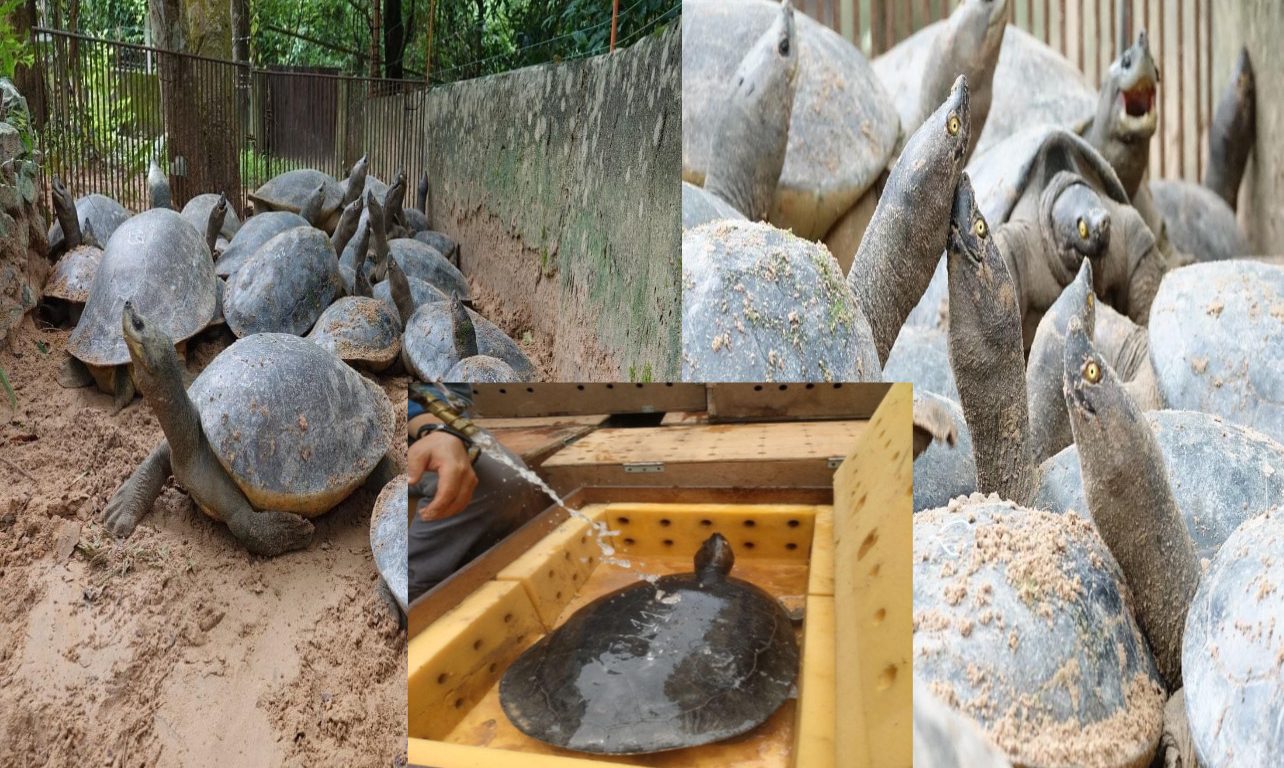
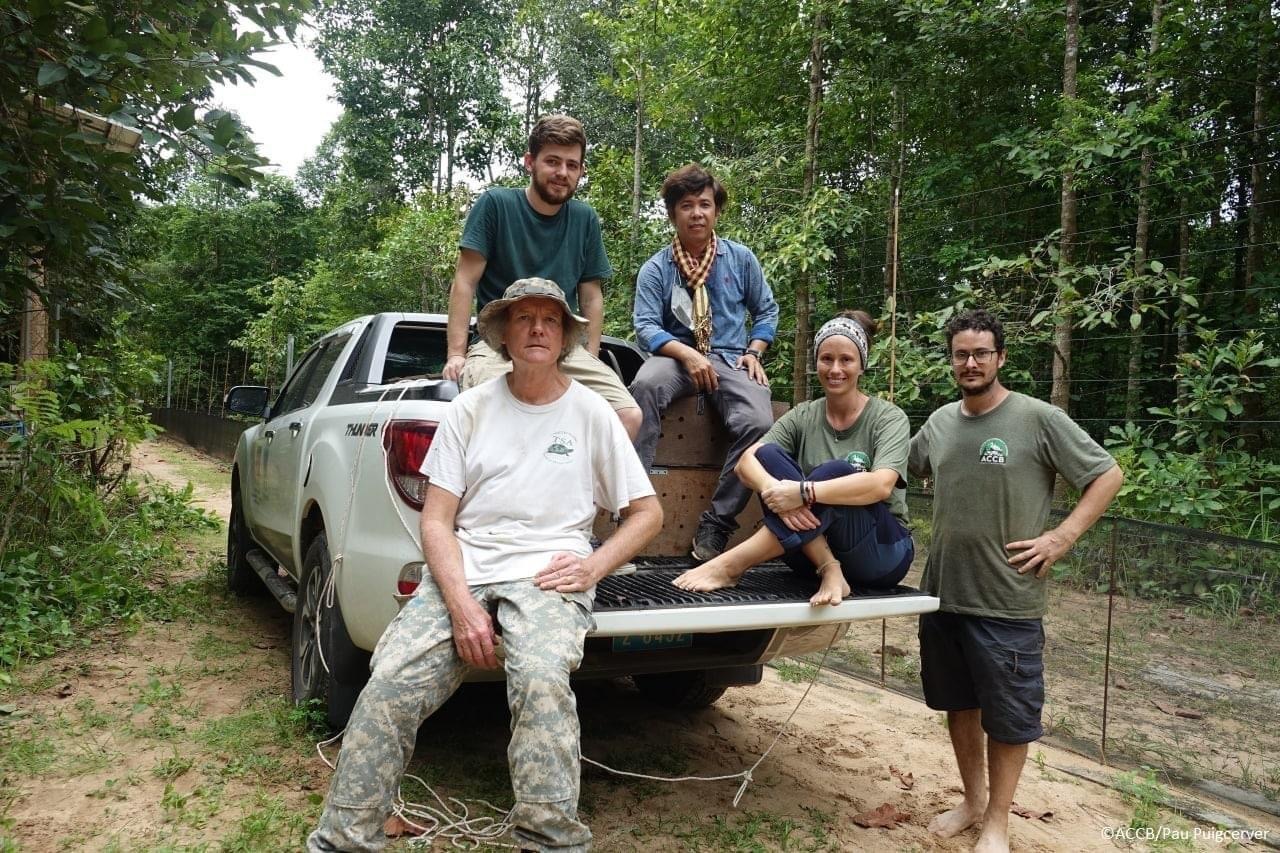

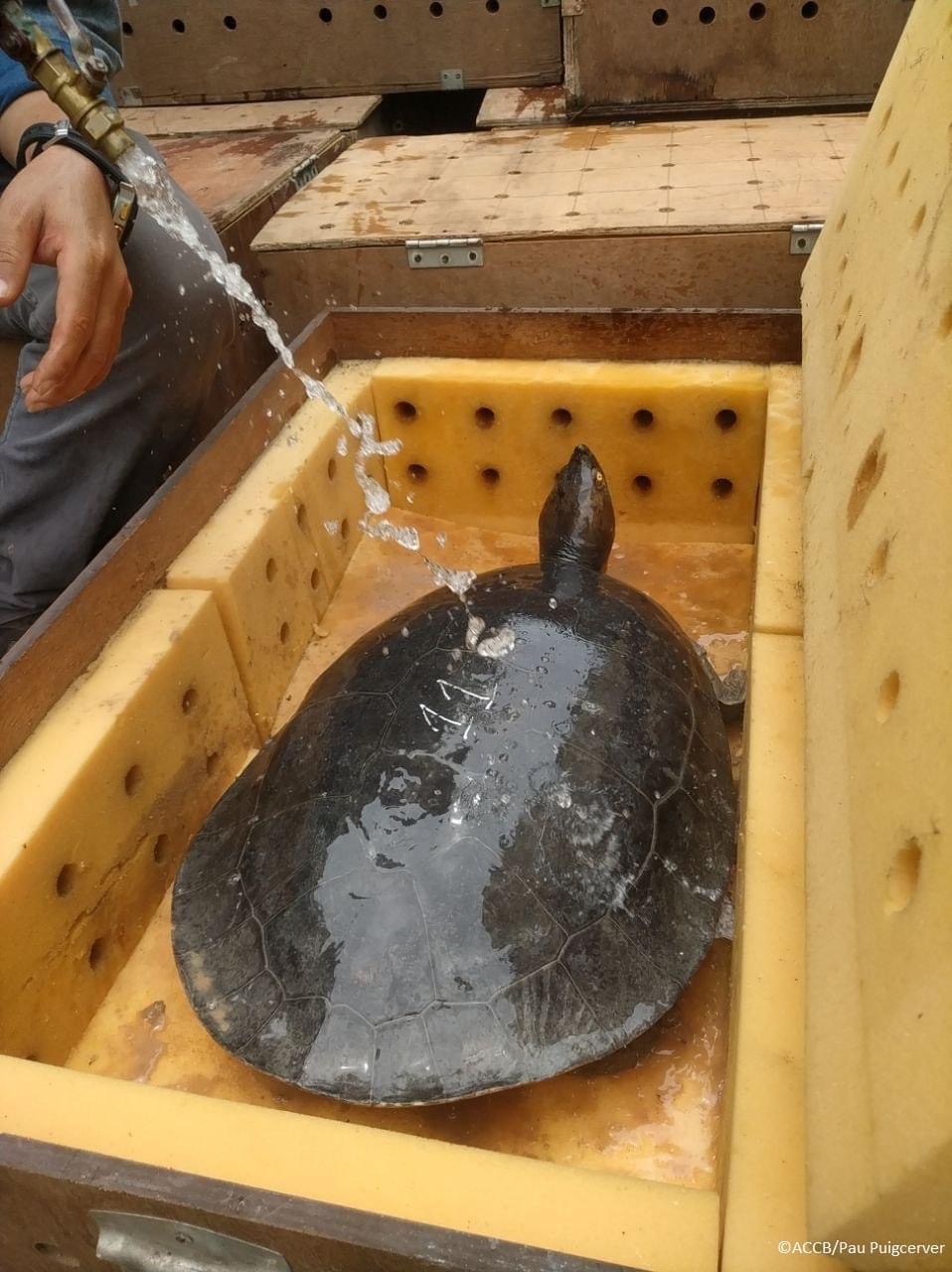

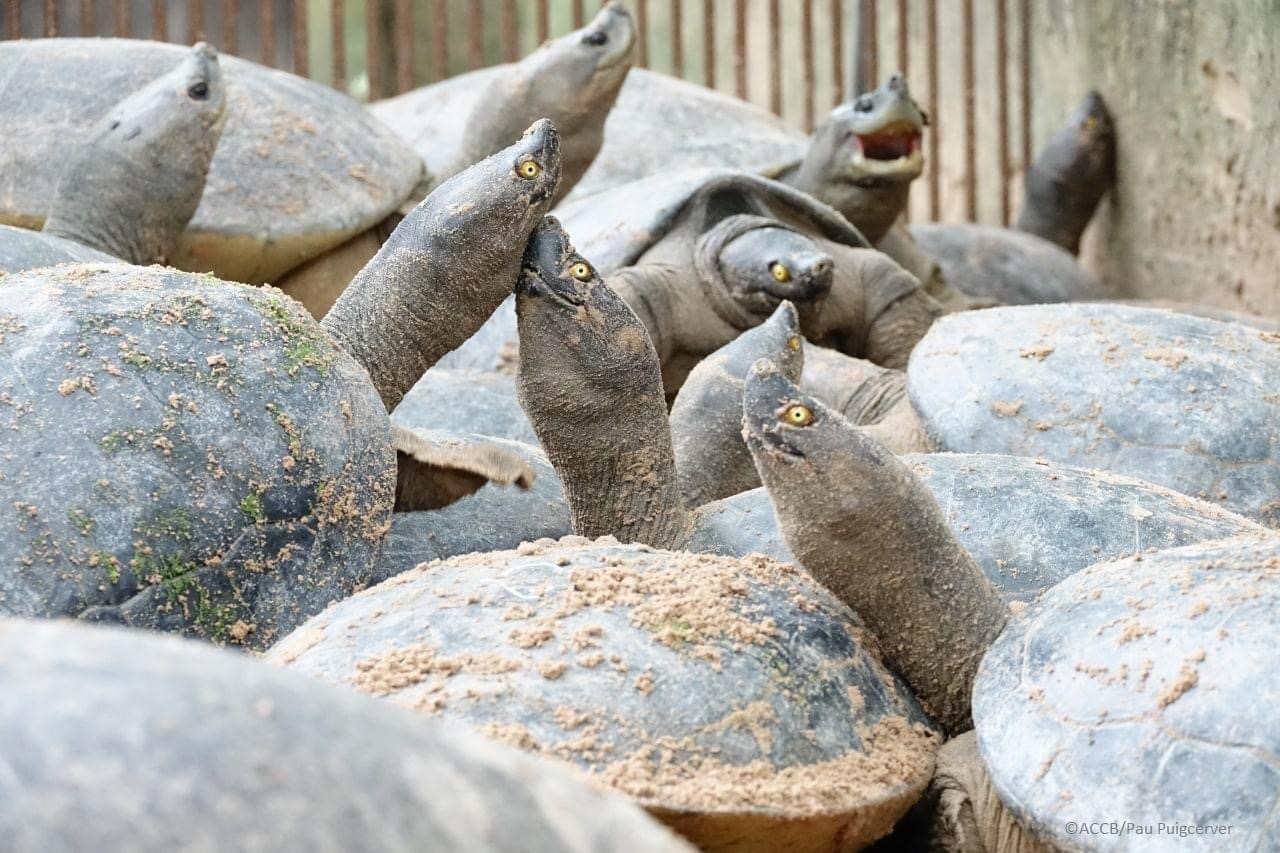
ដោយ៖ សហការី
 សារព័ត៌មាន នគរវត្ត តែងតែនាំមុខគេជានិច្ច
សារព័ត៌មាន នគរវត្ត តែងតែនាំមុខគេជានិច្ច





